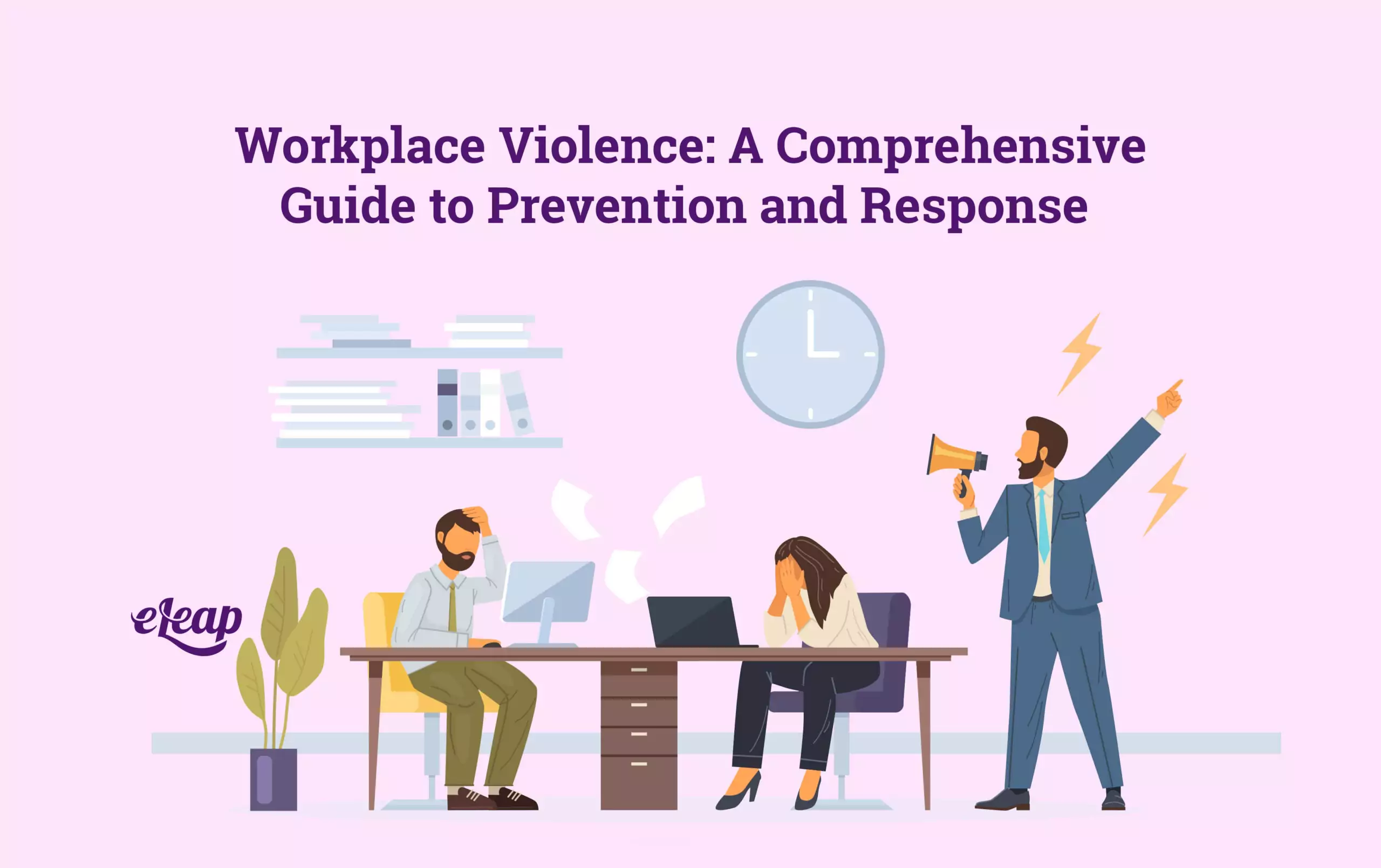The Influence of California Workplace Violence Prevention on Worker Well-being
Recognizing the Lawful Requirements and Best Practices for California Work Environment Physical Violence Avoidance for Companies
In the world of California workplace safety, comprehending the legal demands and ideal techniques for preventing violence is paramount for employers. As the dynamics of the contemporary work environment proceed to progress, so do the possible threats linked with office physical violence. From adhering to state-specific regulations to implementing effective prevention strategies and response methods, companies encounter a diverse difficulty in securing their work environments and workers. By checking out the complex interplay between legal commitments and sector finest methods, employers can not only mitigate risks yet additionally promote a society of security and well-being within their organizations.
Lawful Framework in The Golden State
These laws need companies to analyze and deal with potential work environment physical violence threats with the implementation of thorough avoidance programs. Companies must establish and preserve a composed Office Physical violence Avoidance Strategy that consists of procedures for examining and determining work environment physical violence dangers, as well as methods for reacting to and exploring incidents.
Furthermore, California Labor Code section 6400 requireds that companies give a healthy and secure workplace for all staff members. This includes taking steps to avoid workplace violence by implementing security measures, providing training on identifying and reacting to potential threats, and cultivating a society of open interaction concerning safety concerns. Failing to abide with these legal requirements can result in fines and penalties for employers, underscoring the importance of focusing on work environment violence avoidance in The golden state.

Threat Evaluation and Avoidance Methods
Structure upon the legal framework developed in The golden state for workplace violence avoidance, the emphasis currently moves in the direction of carrying out comprehensive danger analyses and applying efficient avoidance strategies to safeguard staff members. Risk evaluation is an essential action in identifying potential sources of work environment physical violence, consisting of inner problems, consumer disputes, or external risks. Prevention methods might consist of carrying out clear office physical violence plans, giving training on problem resolution and de-escalation techniques, establishing reporting treatments for worrying actions, and boosting physical security measures.
Employee Training and Education
How can employers make certain a well-informed and ready labor force in the realm of work environment violence prevention? Employee training and education and learning are extremely important in outfitting personnel with the understanding and skills necessary to identify, protect against, and react to prospective acts of violence in the workplace. Training should incorporate a series of subjects, including recognizing caution indicators of prospective violence, de-escalation strategies, reporting treatments, and exactly how to gain access to support sources.
Companies must carry out regular training sessions that are customized to the specific demands and dangers of their work environment. It is vital to engage staff members in any way levels of find this the company, from entry-level personnel to management, to make sure detailed understanding and implementation of physical violence avoidance procedures. Training should be interactive, interesting workers in realistic circumstances and offering them with the opportunity to exercise their reaction skills.
Moreover, employers must frequently review and update their training programs to mirror any kind of adjustments in the workplace atmosphere or new insights right into effective physical violence avoidance techniques. By buying ongoing education and learning and training, companies demonstrate their dedication to developing a risk-free and safe and secure workplace for all workers.
Coverage and Reaction Protocols
Effective workplace violence prevention hinges on the establishment of clear and efficient reporting and response protocols within organizations. Employers must execute straightforward reporting treatments that encourage staff members to talk up without fear of retaliation.
In enhancement to reporting methods, companies must have well-defined response treatments in position. This entails promptly exploring reported occurrences, examining the level of risk, and taking appropriate activity to attend to the circumstance. Reactions may differ depending upon the seriousness of the threat, varying from dispute resolution techniques to involving regulation enforcement if needed. Regular training on these response methods is important to guarantee all employees are prepared to handle possible violence in the workplace properly.
Continuous Conformity and Assessment
To make certain the efficacy of coverage and feedback procedures in protecting against workplace physical violence, recurring conformity and analysis mechanisms need to be developed within organizations. On a regular basis reviewing and updating plans and procedures associated with workplace violence prevention is crucial to address developing hazards and ensure that employees are appropriately safeguarded. This process includes performing routine risk assessments, examining the performance of existing avoidance measures, and making over here any required modifications to boost protection.
Employers ought to also provide regular training sessions to educate employees on identifying caution indicators of possible physical violence, reporting procedures, and suitable reactions to threatening situations. Monitoring and analyzing worker compliance with these protocols is crucial to keeping a secure workplace.
Furthermore, companies need to establish clear networks of interaction for workers to report any problems relating to workplace physical violence anonymously and without concern of retaliation (california workplace violence prevention). Performing detailed examinations into reported cases and addressing them promptly and suitably is important in demonstrating a dedication to avoiding office physical violence and fostering a society of safety and regard within the work environment
Verdict
To conclude, California employers must abide by the legal framework for workplace physical violence avoidance, conduct danger assessments, carry out avoidance techniques, give training and education to staff members, establish reporting and response procedures, and make certain ongoing conformity and evaluation. By proactively attending to office violence, companies can create a secure and risk-free workplace for their workers and minimize potential dangers. Conformity with these needs is vital to advertising a culture of safety and stopping cases of check my reference workplace violence.
As the characteristics of the modern-day workplace continue to develop, so do the possible threats linked with workplace violence. These policies need companies to assess and attend to prospective office physical violence threats via the execution of comprehensive prevention programs. Employers must develop and maintain a written Workplace Violence Prevention Plan that includes treatments for evaluating and identifying workplace physical violence threats, as well as methods for reacting to and exploring cases.

In conclusion, California employers need to stick to the lawful structure for office physical violence avoidance, conduct risk assessments, carry out avoidance approaches, provide training and education to employees, establish reporting and response protocols, and guarantee ongoing compliance and analysis.